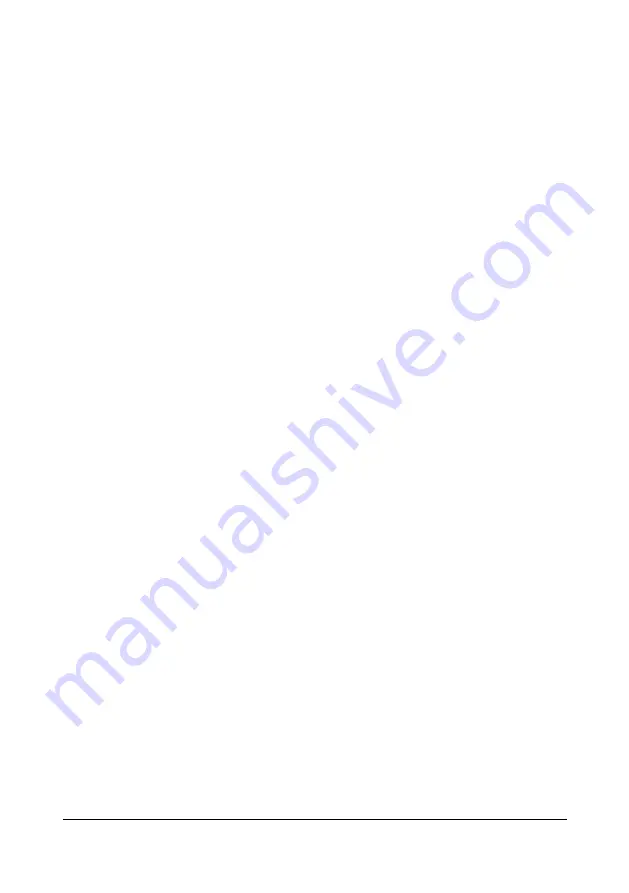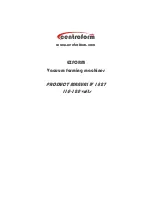
V1.0
Short Barrel Air Hammer
8843575
Visit www.princessauto.com for more information
5
1.
Use the correct tool for the job. This tool was designed for a specific
function. Do not modify or alter this tool or use it for an unintended
purpose.
2. Do not use the tool if any parts are damaged, broken or misplaced.
Repair or replace the parts.
3.
Before using this tool, make sure you know the work area and material
you are working on. Make sure you do not accidentally puncture pipes,
pressurized containers or electrical cables.
4.
Keep hands and other body parts away from the chisel to avoid injury.
5.
Only use with accessories rated to handle the forces exerted by this
tool during operation. Accessories not designed for the forces
generated may break and forcefully launch pieces.
6. The chisels will become hot while chipping. Allow the chisels to
completely cool before touching.
7.
When chipping in a potentially explosive environment, use a spark
resistant chisel (usually made of beryllium copper).
8. Replace chisels that are worn or blunt at the cutting edge or shank. A
damaged chisel may damage the air hammer, reduce efficiency and
increase vibration. A chisel that breaks during use can cause an injury.
9. Do not store chisels below 0°C (32°F). Freezing temperatures may cause
hardened steel to become brittle. A brittle chisel may shatter or break
and cause an injury.
10. Do not cover the air vents.
AIR TOOL PRECAUTIONS
1.
Use only clean and dry compressed air as a power source.
Contaminated or moist air will gradually damage the tool.
2. Install an in-line shutoff valve or regulator to allow immediate control over
the air supply in an emergency, even if a hose is ruptured.
3. Discontinue tool use if it does not work properly or air is leaking. Tag
or mark the tool as ‘defective’ or ‘out of service’ until repaired.
4.
Check the manufacturer’s maximum pressure rating for air tools and
accessories. Compressor outlet pressure must be regulated to never
exceed the maximum pressure rating of the tool (see Specifications).
Exceeding the maximum PSI rating can create a bursting hazard,
causing injury and property damage.






































